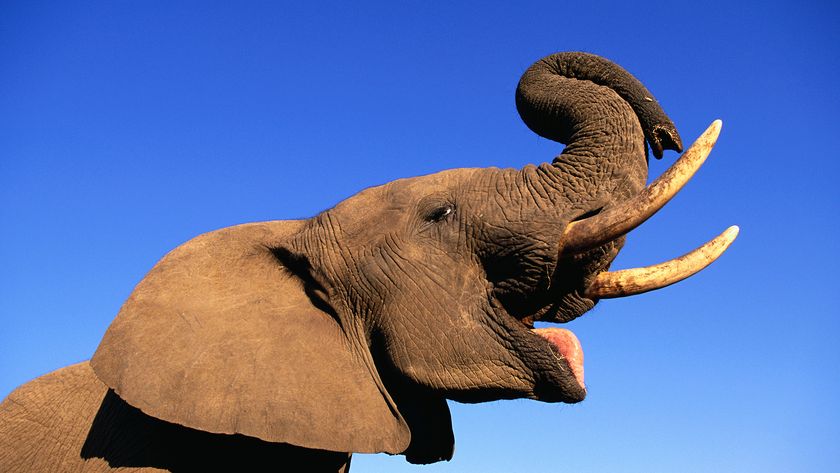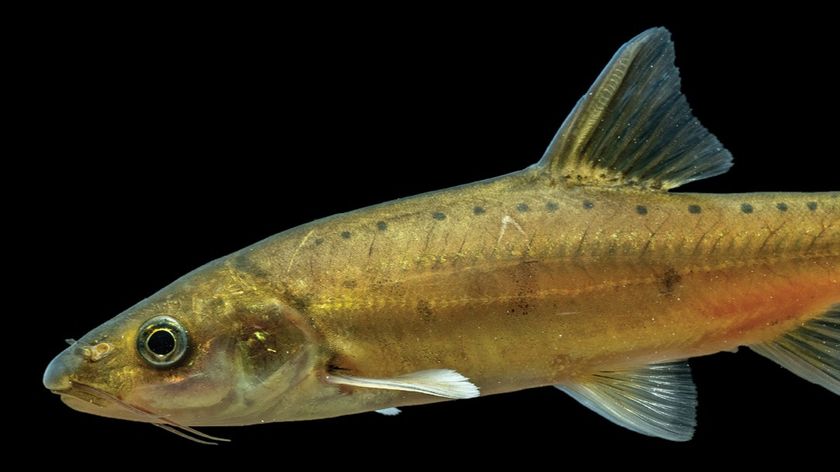Album: Lost Predators Leave Broken Food Chains
Unpredictable Results
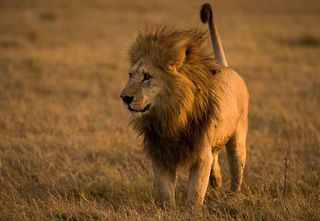
Worldwide, the loss of top predators, like lions, has disruptive and unpredictable consequences on ecosystems, scientists say. In parts of Africa, reductions in lion and leopard population has led to increased contact between people and olive baboons, and caused higher rates of intestinal parasites in both people and baboons.
In Water and on Land
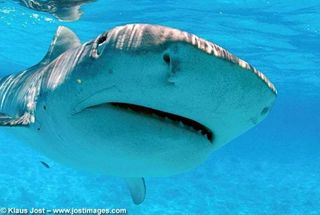
The loss of predatory sharks, like this tiger shark, created an increase in cownose rays and caused the bay scallop fishery to collapse off the U.S. Atlantic coast.
Top Sharks
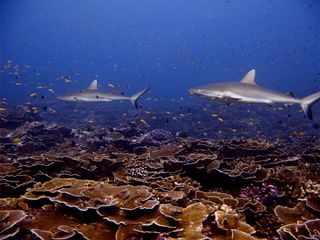
A healthy coral reef ecosystem with sharks off Jarvis Island, an uninhabited island located in the South Pacific Ocean. A loss of these large predators can alter the patterns of predation and herbivory, ultimately leading to an coral system where reef-building corals and coralline algae lose their competitive advantage.
Return of a predator
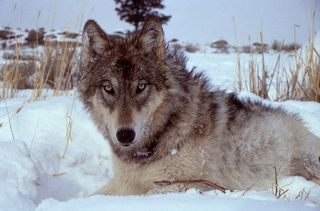
While wolves were extirpated from Yellowstone National Park, then reintroduced.
Aspens Return
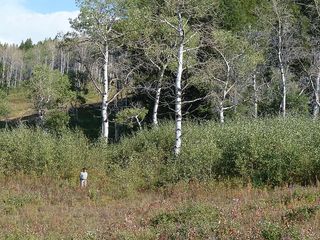
Young aspen trees are now recovering in Yellowstone National Park, after wolves that were re-introduced in 1995 helped to limit elk browsing that had been killing young trees. The older trees seen here date to the last time there were wolves in the park 70 years ago.
Sea Otters
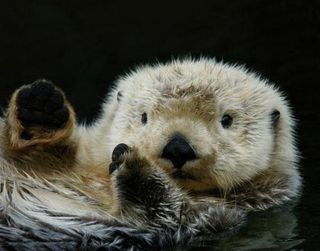
Sea otters control populations of kelp-grazing sea urchins, so dramatic changes in these ecosystems have followed the collapse and recovery of sea otter populations.
Reef Madness
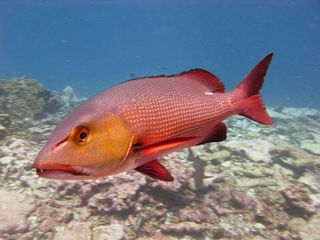
The absence of sharks can alter the growth patterns of red snapper (Lutjanus_bohar), like the one shown here, and other reef fish, researchers are finding.
Sign up for the Live Science daily newsletter now
Get the world’s most fascinating discoveries delivered straight to your inbox.
Overrun by Algae
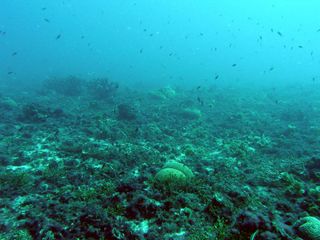
Neighboring Kiritimati, or Christmas Island, however, with a population of 5,000 people and an active fishery, is absent of sharks and now features an ecosystem dominated by small fishes and overrun by algae (not the coralline algae associated with reef-building coral).
Black Tips
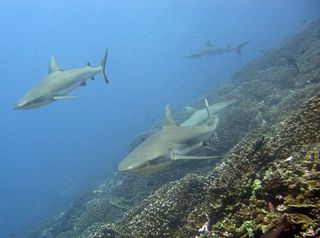
The gray reef shark (Carcharhinus amblyrhynchos), has a wide black margin at the end of its caudal fin, with the undersides of the pectoral and pelvic fins also tipped in black. Like other reef sharks, these top predators are a critical part of the ecosystem, and their loss have effects that cascade through the food chain.
Big Plant Eaters
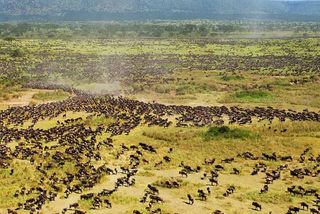
Wildebeest (Connochaetes taurinus), like these shown migrating across the Serengeti, play a crucial role in their ecosystems, seen clearly after rinderpest was introduced to East Africa in the 1800s, decimating many native ungulate populations, including wildebeest and buffalo (Syncerus caffer). Reductions of these large herbivores caused an increase in plant biomass, which fueled wildfires during the dry season. Rinderpest was eliminated from East Africa in the 1960s.

